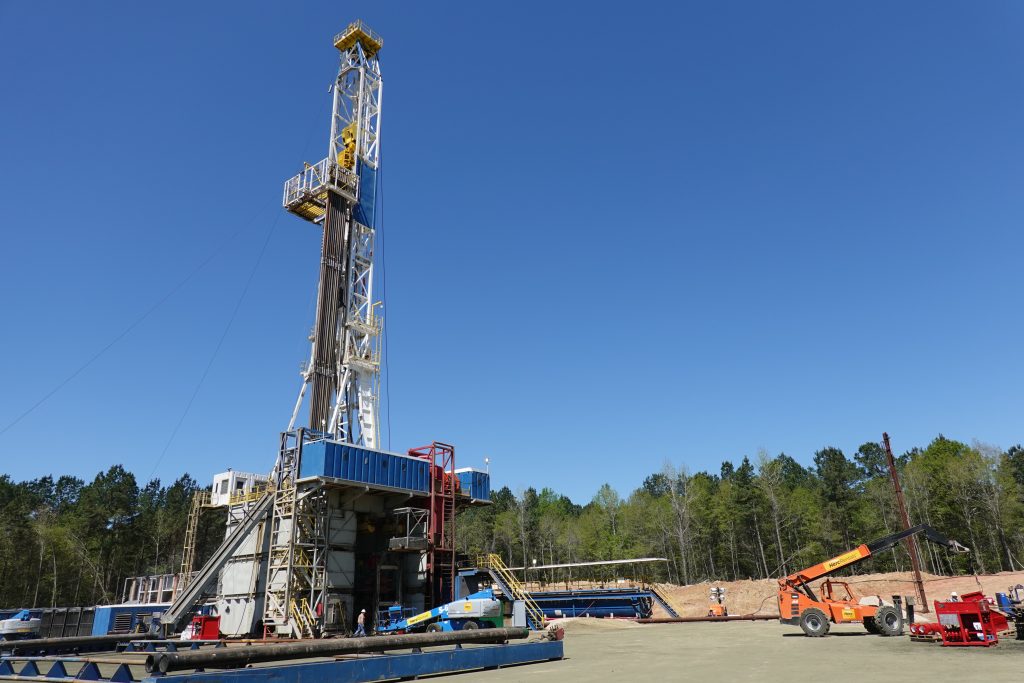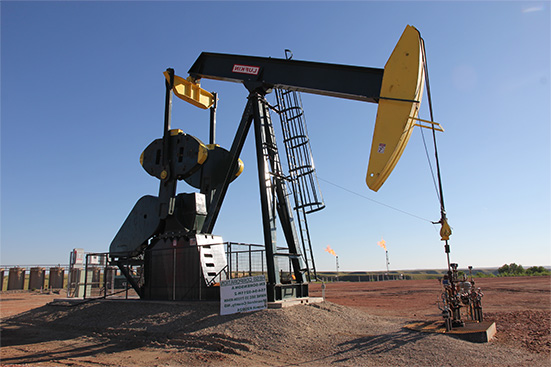
Understanding how mineral rights and royalties work is key to recognizing the true value of an oil and gas investment. For qualified investors, these ownership structures shape how revenue is shared, how long the income continues, and how the property’s value increases over time.
Oil and gas deals in the U.S. often involve different layers of ownership, from surface rights to mineral rights and the royalties tied to production. Knowing the difference can help investors make informed decisions, manage expectations, and maximize their returns.
What Are Mineral Rights?
Mineral rights grant legal ownership of subsurface resources like oil, gas, and other minerals. If you hold those rights, you can explore, extract, and produce, or lease them to an operator in exchange for royalty payments.
In the U.S., land ownership is often split between the surface and subsurface estates. This “split estate” structure is especially common in oil-producing regions, letting different parties own surface and mineral rights independently.
Private individuals and companies own a significant portion of subsurface resources in the U.S., giving them direct access to income from domestic energy production. That ownership model is part of what makes U.S. energy investment distinct: individuals can benefit from royalty streams tied to national production.
How Leasing and Production Work
Most investors in oil and gas don’t drill wells themselves. Instead, they lease mineral rights to an operator in exchange for royalty payments. The operator covers the costs of exploration and production, while the mineral rights owner receives a share of the revenue from the sale of oil or gas produced.
A typical lease grants the operator the right to extract resources for a specific period, often referred to as the primary term. Once production begins, the lease continues as long as oil or gas is produced in paying quantities.
This structure allows mineral rights owners and royalty holders to benefit from production without taking on operational risks or expenses.
Contact DW Energy
Want to learn more about oil & gas investing? Our expert team can provide you with more information or schedule a consultation to talk about diversifying your investment portfolio.

What Is Royalty Ownership?
Royalty ownership is the financial interest tied to mineral production. It represents a percentage of revenue paid to the owner from oil or gas sales, after deducting certain costs like transportation or processing.
For investors, royalties provide passive income that typically lasts as long as the well produces. These payments can be monthly or quarterly, depending on production schedules and market conditions.
Royalty rates for oil and gas production in the U.S. generally start around 12.5 % and can increase depending on the lease and location. In private agreements, these rates are often negotiated, giving investors flexibility and the opportunity to share directly in production revenue. This structure provides mineral rights owners and investors with steady potential for long-term income as production continues.
Types of Ownership Interests in Oil and Gas
Oil and gas projects can include several types of ownership interests. Understanding each helps investors know where their income and responsibilities lie.
- Mineral Interest – The full ownership of the subsurface minerals and the right to lease or produce them.
- Royalty Interest – The right to a portion of production revenue without paying operating costs.
- Working Interest – An ownership share in the costs and profits of drilling and production.
- Overriding Royalty Interest (ORRI) – A royalty carved from the working interest, lasting as long as the lease remains in effect.
Qualified investors typically participate through non-operating working interests or royalty interests, depending on their investment goals and risk tolerance.
Why Mineral Rights Are Valuable for Investors
Mineral rights are a long-term asset. As long as production continues, royalty income can provide a steady cash flow with the potential for appreciation if commodity prices rise or additional wells are drilled.
In many cases, royalty income is treated as passive income for tax purposes, with certain deductions available through the 15% depletion allowance established under IRS rules.
For investors focused on building generational wealth, mineral rights can be an attractive addition to a diversified portfolio. They provide exposure to a real asset with intrinsic value, linked to one of the world’s most essential commodities.
How to Evaluate Oil and Gas Royalty Opportunities
When reviewing mineral or royalty investment opportunities, qualified investors should consider:
- Production potential – Review geological data and operator history to estimate long-term output.
- Lease terms – Understand the royalty percentage, duration, and cost deductions that may apply.
- Operator reputation – Partner with experienced and financially stable operators who follow best practices.
- Market conditions – Keep track of oil and gas price trends that affect monthly cash flow.
- Diversification – Invest across multiple wells or basins to spread risk.
The U.S. Geological Survey (USGS) emphasizes that geological quality, production history, and operator performance are key indicators of a project’s long-term value.
What’s the Difference Between Mineral Rights and Royalty Ownership?
The main difference is control and responsibility. Mineral rights owners control the subsurface resources and can lease or sell those rights. Royalty owners earn income from production but do not control operations or assume costs.
For investors, both can be profitable. Mineral ownership offers long-term equity and flexibility, while royalty ownership provides passive income with lower involvement. Partnering with an experienced company can help determine which type best aligns with your investment goals.
How DW Energy Helps Investors Access Quality Mineral and Royalty Opportunities
At DW Energy Group, we specialize in connecting qualified investors to direct participation opportunities in U.S. oil and gas projects. Since 2008, our focus has been on partnering with experienced operators and structuring investments that offer strong production potential, tax advantages, and long-term income.
Some of these opportunities involve ownership in mineral rights and royalties – assets that allow investors to benefit from resource production without managing daily operations. As a non-operating partner, DW Energy conducts thorough due diligence, evaluates each project carefully, and provides transparent, ongoing reporting to keep investors informed.
Our approach emphasizes transparency, strategic diversification, and consistent communication, helping investors make confident decisions and build long-term value through direct energy ownership.
Learn more about our approach and how DW Energy Group helps qualified investors participate in America’s energy growth through disciplined, well-managed opportunities.
Contact dw energy
Sources
“Understanding Mineral Rights: Ownership, Processes, and Key Considerations,” Investopedia, https://www.investopedia.com/terms/m/mineral-rights.asp
“US private oil and natural gas royalties: estimates and policy relevance,” Research Gate, https://www.researchgate.net/publication/299334649
“Climate royalty surcharges,” ScienceDirect,
https://www.sciencedirect.com/science/article/abs/pii/S0095069623000621
“Tips on Reporting Natural Resource Income,” IRS,
https://www.irs.gov/pub/irs-news/FS-13-06.pdf
“What is Earth MRI?” U.S. Geological Survey,
https://www.usgs.gov/special-topics/earth-mri/about
